I have a relatively simple setup. I have a custom usercontrol that has a bunch of components on it, some text boxes, and a listview.
In the designer, I can drag and drop other controls into my usercontrol, and it adds them to the usercontrol instance. I don't want this.
How can I explicitly say "Don't allow additional controls to be added to this usercontrol?"
